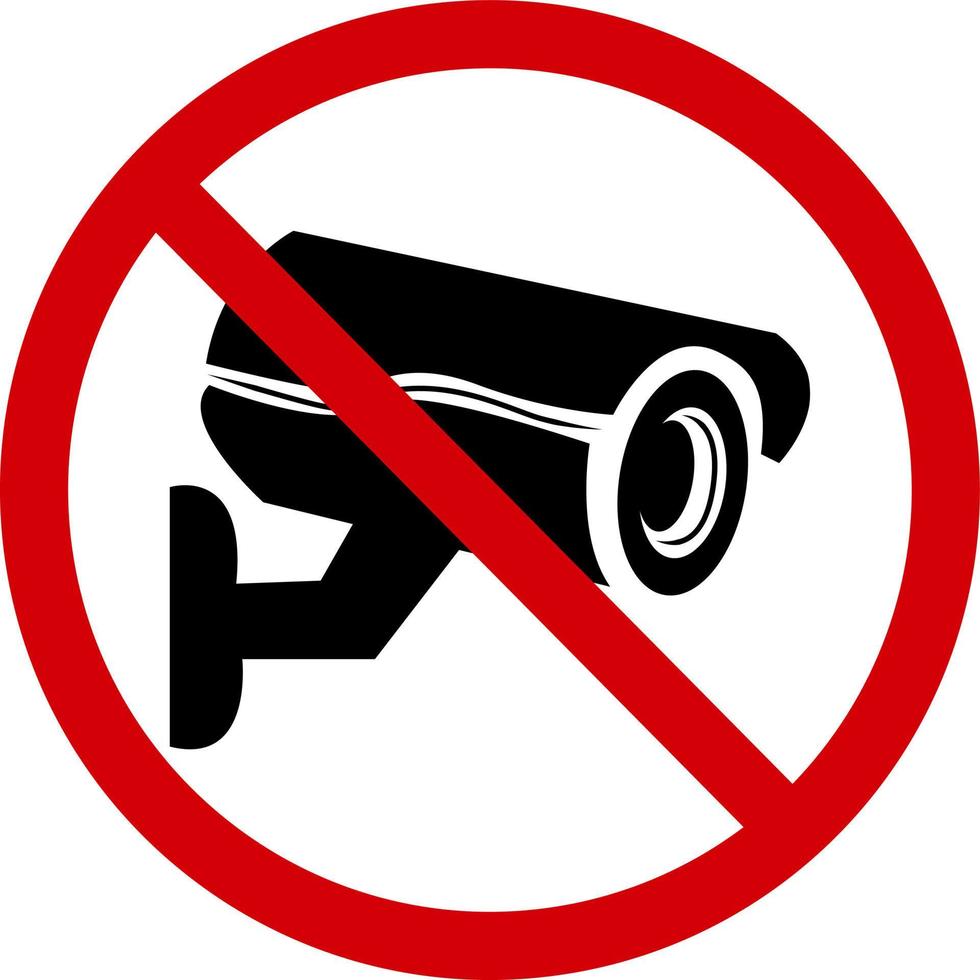







Reinstall shouldn’t be required but you’ll likely need to build a new initrd to ensure the boot process has the right drivers.


Starting to remember more about how this is done. It’s been over 10 years since I had a similar setup working. Are you VLANing first then slaving to the VLANS?


This post is a bit difficult to follow without being able to examine actual configurations. The bridged VLAN setup is a chain of configs in the RedHat configuration methodology. One of those configs is definitely clobbering the others but it seems you’re close. I’m sure a careful review of your work so far will be enough to find the error.


Wouldn’t this be more appropriate for PeerTube?
Also seconding doing this from your own instance. A lot of these Fediverse setups are donation supported. Don’t go wasting those funds for them.
ClamAV is probably the way to go. While there are UIs available in various states of maintenance, it’s not really necessary. The way ClamAV works is that runs a scan on daemon (re)start then continually monitors the system from there. One of it’s best features is that you don’t really need to worry about it.
but in the year 2525 all life on earth will be extinct


No problem! Good luck and remember to be patient throughout this process. Regardless of how it turns out, you will have learned a lot.


Full disclosure, I’ve never actually used mint specifically and I’m providing guidance from a more generalized perspective that would be applicable to any Linux distribution. You may have to research the specifics for your OS.
Before I get into all of this, I should start by saying that it may be easier at your present skill level to perform an new installation over top your existing (no formatting). Your best bet though is booting to the previous kernel.
The bootloader is a tiny program installed on the first bits of your bootable disk slice. It can often present a menu to select different kernel / initrd (also called a initramfs) combinations that are available on that bootable slice. This menu can be hidden and only display if a key is pressed on what is typically a completely blank screen or perhaps just a small flash on the screen before kernel messages start displaying.
It’s not so much that a backup of a kernel / initrd gets made but rather a new bootloader menu configuration, kernel and initrd image are added. This leaves the previous boot setup available for just this kind of scenario. The bootloader menu may also have a “Rescue” or similar option available. If you’re unable to access this menu, it adds to the complexity of booting to the existing installation.
If you’re booting to a rescue image on a USB stick hopefully there’s a repair or rescue process available on it. What you’d be looking to accomplish once booted to a workable space is to have a recovery process detect your hardware, generate the proper boot configuration with initrd containing all the appropriate supporting software. While it is possible to do this by hand that is a bit much to explain in comments.


It sounds like perhaps there are either drivers missing from your initrd or kernel parameters from your boot loader. Is it possible for you to select the previous kernel setup from the boot loader? If not, the next step would be a rescue USB stick so you could start debugging both of those.
Dude, NSFW! My boss nearly caught me looking at this raw hard corn!


Big Balls Exposed?!?!


My theory is he has a bunch of war movies in his watch list and the 8 he ended were just the ones he watched.


Poor guy. If only he had learned to read maybe he wouldn’t be in this situation.


Poor guy. If only he had learned to read maybe he wouldn’t be in this situation.


This is the only answer. Russia is already debasing their currency and economy just to keep Putin from admitting failure.


Can’t expect those who will benefit most from conflict to pay for them


This was no mistake. It was a test.